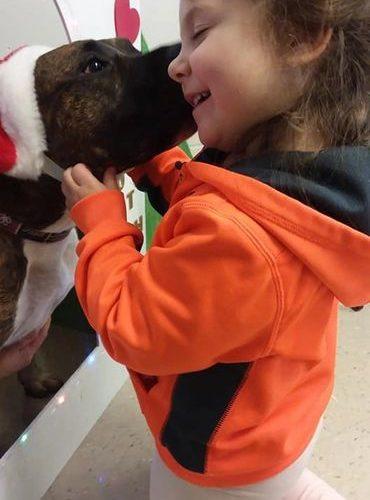Know the 3/3/3 rule!
3 Days for a pet to decompress in a new place, your pet may not feel comfortable enough to be themselves and may act overwhelmed, scared, or unsure. They may have trouble eating or drinking.
3 Weeks to learn your routine, your pet is starting to settle in, let their guard down, and show their personality. As they get into a routine, your pet will continue to figure out their environment.
3 Months to feel at home, your pet is building trust and a true bond with their new family. They are feeling completely comfortable in their new home and have a sense of security.
Know about the breed you are interested in. While it may be tempting to wander into a shelter and take home the first puppy or kitten you lock eyes with, part of being a responsible pet parent is understanding the personality traits and special needs of specific breeds and making an informed choice about what type of animal will be the best fit for your home. Remember that a lot of animals you will see have found themselves in shelters simply because their previous owners did not make smart decisions about bringing them home in the first place. Ask yourself questions about your particular lifestyle, learn about different breeds, and be realistic about what kind of pet and breed will be appropriate for you and your family. For example, if you live in a small apartment, a large, boisterous dog whose breed typically needs a lot of room to run around will probably not be a good choice, no matter how adorable the dog may be. If you have small children, you will want to avoid choosing a breed that may be more aggressive or prone to biting. If you or a family member has allergies, you may want to focus on breeds with hypoallergenic coats. It is important to learn as much as you can about the history of a new pet so that you can plan for their special needs.
Make preparations before you bring your new pet home It can be overwhelming for a dog or cat to come into a new home, particularly if you have other pets. To ease this transition, don't wait until you get your new pet home to realize you need to buy supplies -- have food, water, toys, kitty litter, scratching post, bed, etc. ready in advance. Set aside a small, contained, quiet space in your home where your new pet can spend their first couple of days getting used to you as well as the sounds and smells of their new surroundings. Once they are comfortable in this small space, you can gradually expand the boundaries and ease them into having access to the rest of your house.
Introduce pets gradually Introducing your new pet to any existing pets should be done carefully and gradually. Never assume that the animals will just be able to "work it out" if placed in a room together. Keep in mind that dogs and cats are territorial about spaces and about their humans. Pay attention, proceed slowly and calmly, and be ready to jump in and intercede if a conflict occurs. Give existing and new pets alike lots of love and attention, both separately and together, as they are getting to know each other so that they will not feel the need to compete for your affection. If you are taking a new dog out on a walk with your existing dog, take a friend along the first few times so that you have the option to physically separate the dogs if any unexpected conflict arises. Even after they have adjusted to the idea of sharing their home and you, it is always a good idea to have a separate food bowl for each pet to avoid conflict or competition over food. Welcoming a pet from the shelter into your home may take a little extra planning and love on your part, but doing so will ensure many happy years to come for both your pet and your family.
**Sometimes setting up a big kennel for the new pet to stay in while you are away, or too busy to watch them while they are out. This helps them get to know each other with smell and they can almost touch each other but can not hurt each other, this can be done for a few weeks till you can trust each of them around each other.


